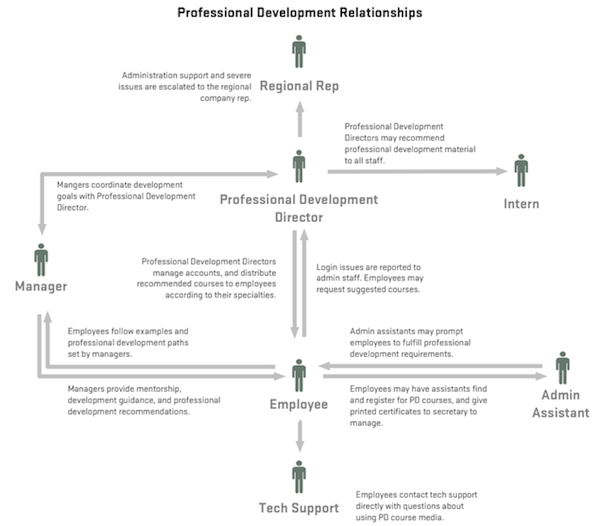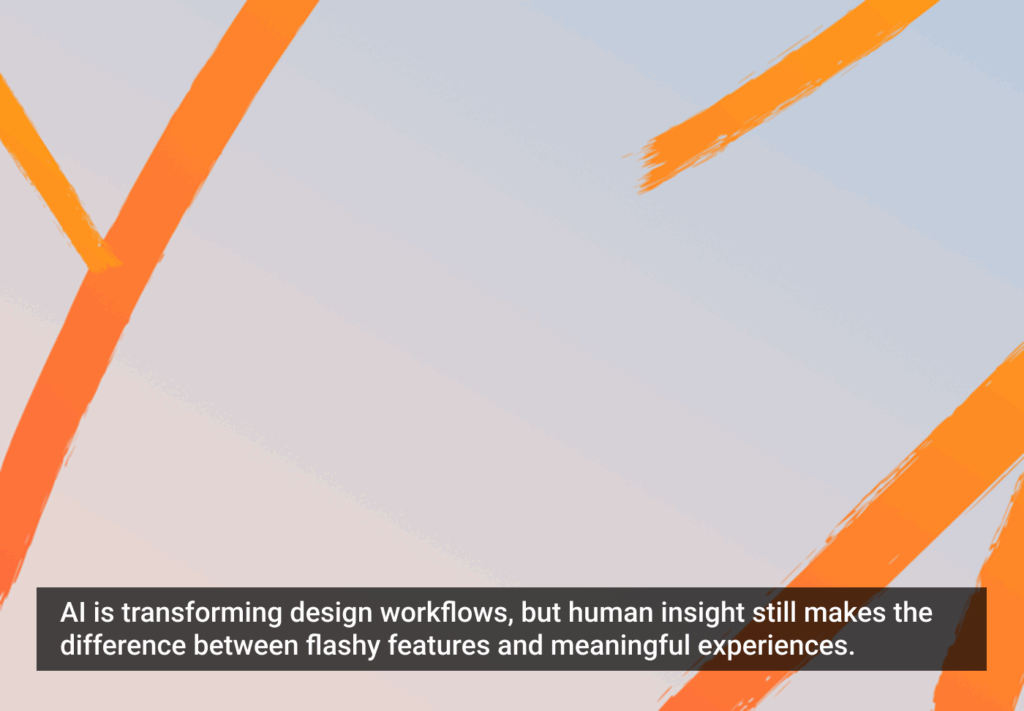As social media technologies and computer-supported, collaborative activities become more ubiquitous in people’s work and everyday lives, UX professionals need to expand their skills and focus to take on broader experiences than just individual users engaged with single applications. It is crucial to understand people as social, cultural, and organizational components who are linked to other people, other technologies, and loads of information.
The UX field is primed to step beyond just designing applications, and it’s time to start thinking about the UX ecosystems in which these users and applications exist. The best way to begin that transition is to think in terms of biology.
What Is an Ecosystem?
Biologists generally use the term “ecosystem” to refer to the deeply interdependent relationships between animals, plants, natural resources, and geography within a specific environment. In other words, there are no animals, plants, rocks, or rivers that exist in a vacuum; they are intricately tied to one another in complex ways and through sophisticated relationships. Changing any one of these actors within an environment can radically alter how the others behave individually and how they interact with one another.
This concept of systems of discrete but interdependent components is useful for UX professionals to keep in mind while tackling systems that link people and technologies through complex information spaces. It is helpful to synthesize the current knowledge of usability, information architecture, interaction design, and user research with the idea of a biological ecosystem. Doing so develops a richer understanding of how people work with one another and apply it to design.
The UX Ecosystem
In my own research for my doctoral dissertation and in the UX design work I do at The Nerdery, an interactive design and development shop near Minneapolis, I approach UX with this working definition of a UX ecosystem:
A UX ecosystem is a set of interdependent relationships that emerge between components within an information environment. These components include:
- People who are managing information, sharing data with one another, and collaboratively building knowledge for themselves or an organization.
- The goals and practices of these people, both as individuals and as collaborators.
- The digital and analog technologies that they use to share information and interact with one another in meaningful ways.
- The information that these people share and value for their individual and collaborative purposes.
UX professionals must seek to understand and design experiences in ways that stretch beyond individual users and their lone interactions with a website, application, or system. These individuals and their tools are always linked to a menagerie of other people, devices, and groups in the ecosystem.
Nobody works alone, and UX designers need to learn more about the relationships users maintain with other people and technologies. By seeking to answer questions like, “How do users form meaningful interactions with one another through their communication?” it is easier to design for a series of complex relationships embedded within a culture and implemented through numerous social practices and technologies.
The ecosystem asks us to see a digital space or product as a web of complex relationships through which people form meaningful experiences. These relationships are critical elements of the user experience. Tracing them can help us design better experiences for the people who use our products and make them stronger participants in the ecosystems in which they operate.
Three Major Implications of Ecosystems Thinking
Thinking about ecosystems requires several important shifts in a UX designer’s work. The three items highlighted below are crucial starting points for UX professionals who take a more systematic approach to researching and designing for ecosystems.
Users as participants
An individual is not a user of a product. Instead, the individual is an active component in the management of information and production of knowledge with value to that user, the user’s community, and his or her organization.
The illustration above is a generic model based on several projects our UX team has worked on at The Nerdery and was created by my colleague and research partner, Jonathan Lamb. The goal in these projects has been to map people and communication practices that The Nerdery is designing for. Using this practice helps illuminate how applications function as communication tools within relationships, and how different interfaces within the same applications are really tools for transforming information as it passes from one person to another.
This approach helped the members of our UX team realize that they weren’t just designing for a user, or several different user roles. Rather, they were designing for a community with its own social standards and communication practices that were built on organizational roles and expectations.
Moreover, participants in this professional development community may come and go from the ecosystem at any time. When a participant leaves, the relationships within the ecosystem change in order to compensate for the loss. Information that moves within the ecosystem must take a different route, changing the ecosystem and the user experiences that are possible. A new person may take on the role left vacant by the person who left. Or an existing participant in the ecosystem may try to temporarily absorb the responsibilities of the vacant role until it can be filled by a new person. The community is also able to expand beyond the walls of the organization to offer professional development services to outsiders. So, the community can temporarily expand and contract at any time.
Interfaces as Mediating Proxies
Along those same lines, it becomes important for UX designers to see interfaces as more than on-screen interactive elements for a single user. In a discussion of technological innovations and their impact on UX, Sean Scott emphasized the possibilities of “building an ecosystem where each touchpoint adds to the experience rather than just repeat[ing] it.” A person’s experience now includes more and more devices that present information in unique ways. User interfaces become proxies that mediate communication between participants.
For instance, in the relationships traced in Figure 1, the same information may be presented to different participants through very different tools with different interfaces. Some may rely on their desktop computers, while others may rely on Android or iOS devices. Each presents not just design constraints in UI, but also technological constraints in how information can be managed, parsed or segmented, and distributed. The application is one tool through which this community may work to communicate and solve problems, but the community uses numerous other tools that are important for us to analyze and account for.
Relationships as Agents of Change
In this context, information is a dynamic and valuable resource that moves from one component to another: from person to person; from person to website; from website to paper; from paper to person; and so forth. Through this movement, information can and usually does change. In fact, this change is most often the point. Such ecosystems are intended to support change in some way.
I like to think of this change as a persistent evolution of the characteristics of both people and technologies within the ecosystem. This evolution sustains participants, other ecosystem components, and their goals as long as possible within the ecosystem. People want to improve their knowledge or their skills. The relationships through which participants interact with one another become avenues through which change is made possible. The tools UX professionals design are one of the vehicles through which these relationships are supported within the ecosystem.
In UX work, this means designing tools that ultimately help sustain this change. It means trying to help people improve the ways that they manage information within social spaces, not just as content within a UI. It means trying to help organizations improve internal communication and practices within and across departments. And it means trying to help businesses improve the ways in which they interact with customers and form lasting emotional and consumer relationships.
Conclusion
None of this is to say that designers can cast off their current processes or stop looking at individuals or single applications. It is more important to add to current approaches so that we designers are always aware that these people, groups, and technologies co-exist in a much bigger context. The individual’s goals and motivations, routines and processes, and the tools that he or she uses are always interconnected with other people, technologies, and practices. And other ecosystem components become crucial to the user’s experience with the applications, websites, or other tools UX professionals design.
As the UX field grows to include an ever-expanding array of disciplines, designers are better equipped than ever to think about User Experience Ecosystems. More and more, this work is tackling not just interfaces and workflows, but brands, communities, creative and social strategies, and cultural practices. By thinking about ecosystems, designers endow themselves with the ability to develop useful tools for looking at these elements as interrelated pieces that support participants who make use of the tools they so passionately create.
Red Sea Coral image provided by Shutterstock








